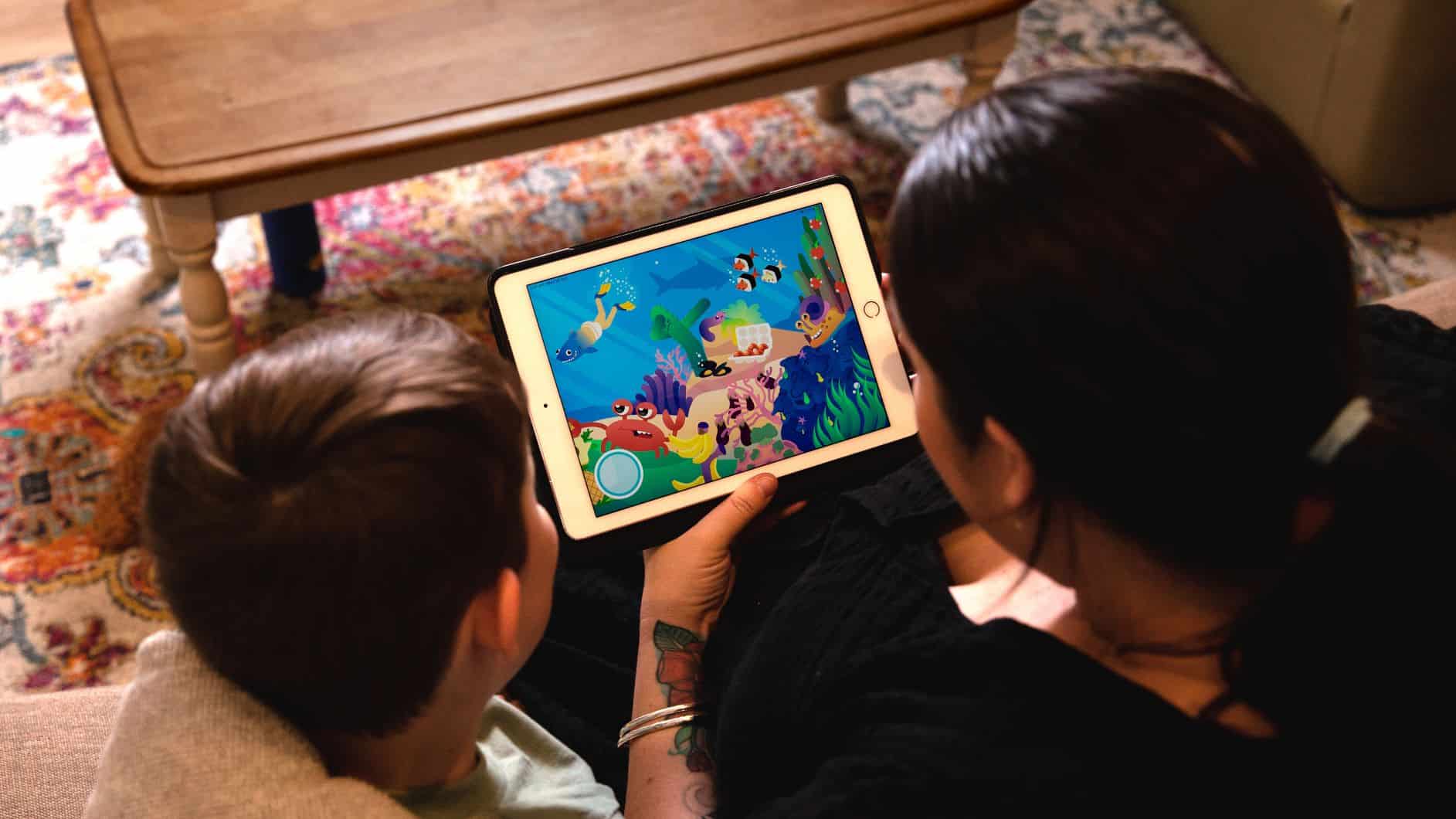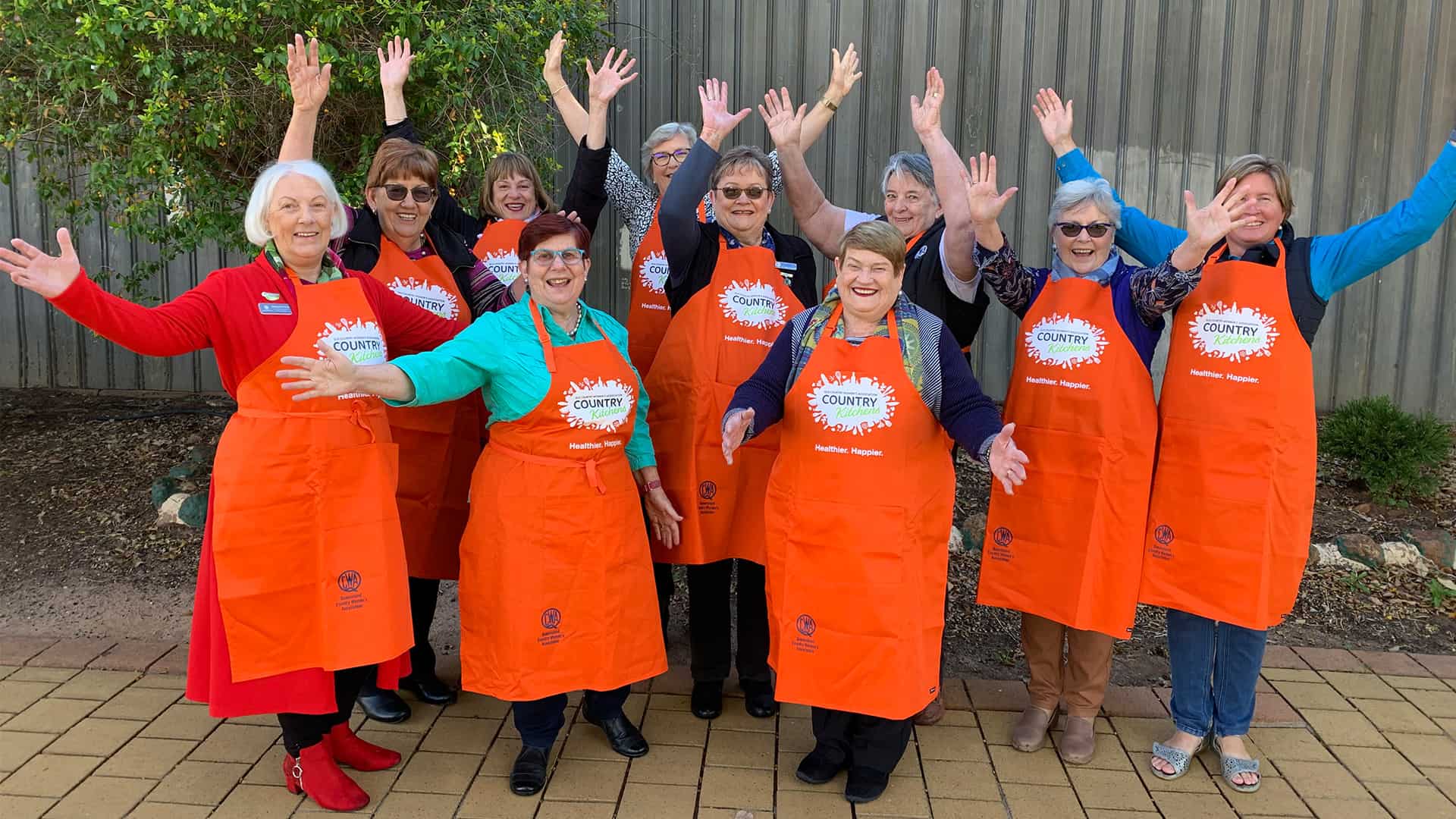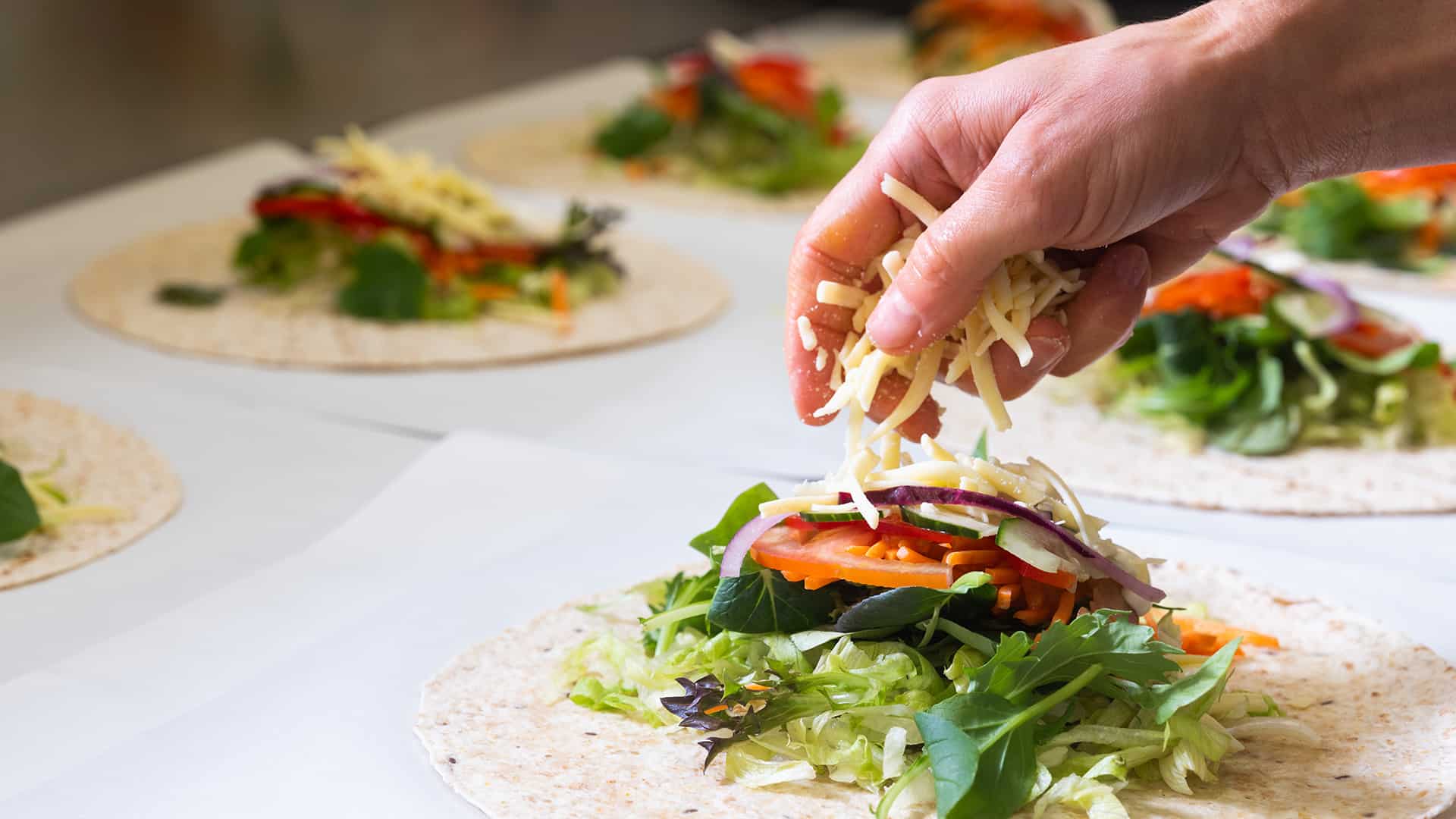Categories
- Case Studies
- Consultation
- Events
- Evidence Base
- Funding
- Networks
- Policy / Strategy
- Programs and Initiatives
- Tools and Guides
Tags
- Access and affordability
- Active travel
- Bike riding
- Built and Natural Environment
- CALD communities
- Chronic disease
- Collaboration / partnership
- Community Centres
- Community engagement
- Community led / place-based
- Community wide
- Data and Demographics
- Digital and IT
- Early intervention
- Educational institution or university
- Empowered People
- Equity
- Evaluation
- Exercise
- First Nations People
- Food security
- Food system / industry
- Food Venues
- Funding and grants
- General health and wellbeing
- health
- Health promotion/prevention
- Health service
- Health System
- Health, Government, and Other Services
- Healthy eating
- Healthy food and drinks
- Healthy weight
- Healthy Workplaces
- Industry and social ventures
- Infants, children, and young people
- Infrastructure, Planning and Urban Design
- Local Government
- Monitoring and Evaluation
- Not-for-profit and non-government organisations
- Nutrition
- Older people
- Overweight/Obesity
- Parents
- Parks and public spaces
- People living with disability
- Physical activity
- Places, settings, environments
- Public Transport
- Queensland
- Regional
- Remote
- Rural
- Safety and inclusions
- Schools and Early Childhood Places
- Sedentary Behaviour
- Sleep
- Sport and active recreation industry
- Sport and recreation facilities
- Streets, pathways, bike paths
- Urban
- Walking
- Weight
- Wellbeing
Healthy Workplaces
Resource Library

Healthier food and drinks in sport and recreation facilities
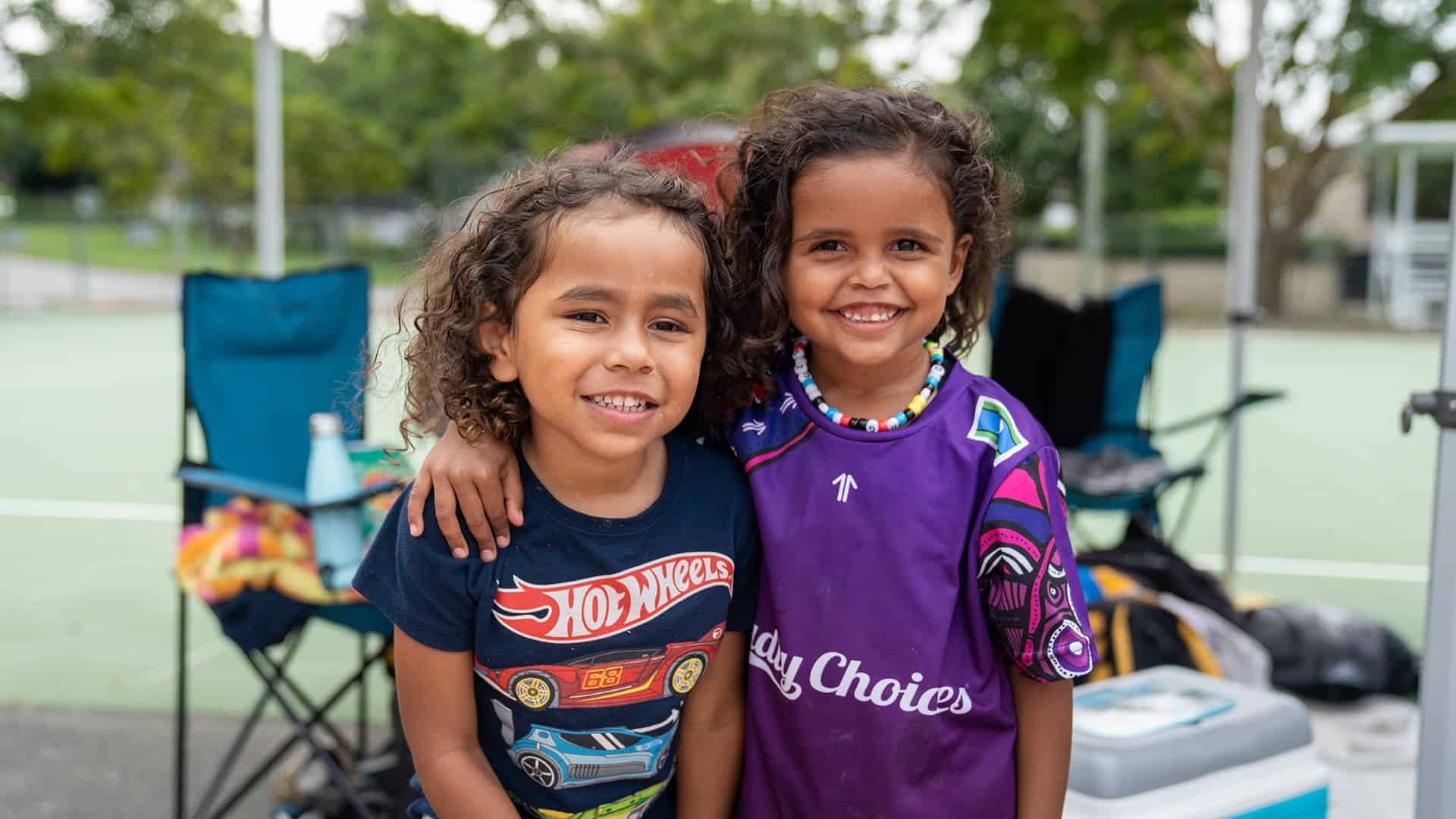
- Chronic disease
- Collaboration / partnership
- Early intervention
- Empowered People
- Exercise
- First Nations People
- General health and wellbeing
- Health service
- Health, Government, and Other Services
- Healthy eating
- Healthy food and drinks
- Infants, children, and young people
- Nutrition
- Older people
- Overweight/Obesity
- Parents
- People living with disability
- Queensland
- Regional
- Remote
- Rural
- Urban
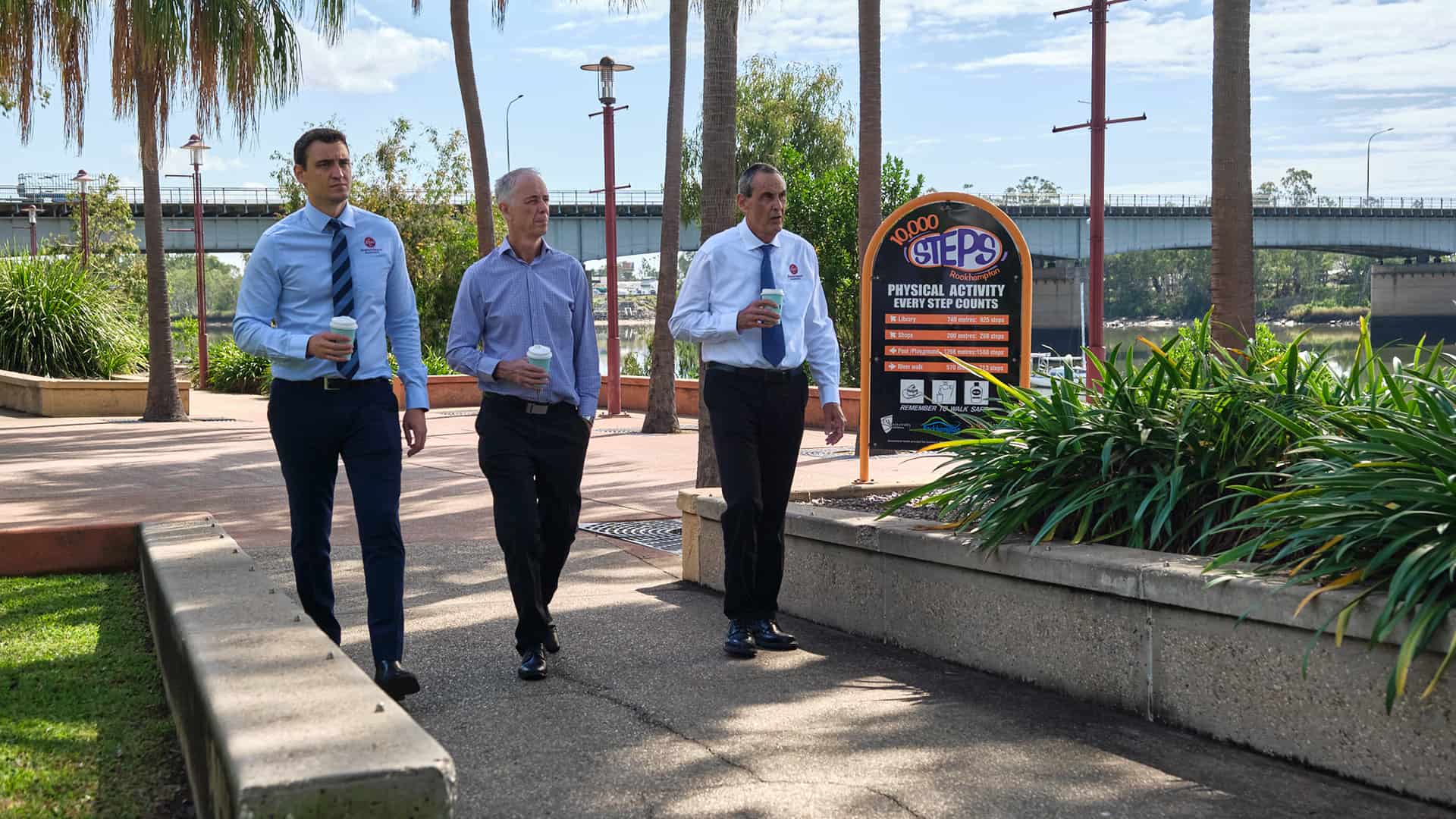
- Active travel
- Bike riding
- Chronic disease
- Collaboration / partnership
- Digital and IT
- Educational institution or university
- Exercise
- Healthy weight
- Healthy Workplaces
- Infrastructure, Planning and Urban Design
- Older people
- Overweight/Obesity
- Parents
- Physical activity
- Queensland
- Sedentary Behaviour
- Sport and active recreation industry
- Streets, pathways, bike paths
- Walking
Browse Resources
How Precincts Can Improve How We Live
Learn how well-designed precincts can create a sense of place and belonging, and help drive economic growth.
- Built and Natural Environment
- Community Centres
- Food Venues
- Health, Government, and Other Services
- Healthy Workplaces
- Parks and public spaces
- Places, settings, environments
- Public Transport
- Schools and Early Childhood Places
- Sport and recreation facilities
- Streets, pathways, bike paths
My health for life
My health for life is an free, evidence-based behaviour change initiative where health coaches help participants create healthier habits.
10,000 Steps
10,000 Steps is a free, interactive, evidence-based behaviour change program that motivates individuals to increase daily physical activity.
- Active travel
- Bike riding
- Chronic disease
- Collaboration / partnership
- Digital and IT
- Educational institution or university
- Exercise
- Healthy weight
- Healthy Workplaces
- Infrastructure, Planning and Urban Design
- Older people
- Overweight/Obesity
- Parents
- Physical activity
- Queensland
- Sedentary Behaviour
- Sport and active recreation industry
- Streets, pathways, bike paths
- Walking
How supportive are workplace environments for sitting less and moving more?
A descriptive study of Australian workplaces participating in the BeUpstanding program.
Australian Urban Observatory (AUO)
A digital liveability planning platform that transforms complex urban data into easily understood liveability maps across Australia’s 21 largest cities.
- Built and Natural Environment
- Community Centres
- Food Venues
- Health, Government, and Other Services
- Healthy Workplaces
- Infrastructure, Planning and Urban Design
- Monitoring and Evaluation
- Parks and public spaces
- Places, settings, environments
- Public Transport
- Schools and Early Childhood Places
- Sport and recreation facilities
- Streets, pathways, bike paths
- Walking
Related Resources
How Precincts Can Improve How We Live
Learn how well-designed precincts can create a sense of place and belonging, and help drive economic growth.
- Built and Natural Environment
- Community Centres
- Food Venues
- Health, Government, and Other Services
- Healthy Workplaces
- Parks and public spaces
- Places, settings, environments
- Public Transport
- Schools and Early Childhood Places
- Sport and recreation facilities
- Streets, pathways, bike paths
My health for life
My health for life is an free, evidence-based behaviour change initiative where health coaches help participants create healthier habits.
10,000 Steps
10,000 Steps is a free, interactive, evidence-based behaviour change program that motivates individuals to increase daily physical activity.
- Active travel
- Bike riding
- Chronic disease
- Collaboration / partnership
- Digital and IT
- Educational institution or university
- Exercise
- Healthy weight
- Healthy Workplaces
- Infrastructure, Planning and Urban Design
- Older people
- Overweight/Obesity
- Parents
- Physical activity
- Queensland
- Sedentary Behaviour
- Sport and active recreation industry
- Streets, pathways, bike paths
- Walking
How supportive are workplace environments for sitting less and moving more?
A descriptive study of Australian workplaces participating in the BeUpstanding program.
Australian Urban Observatory (AUO)
A digital liveability planning platform that transforms complex urban data into easily understood liveability maps across Australia’s 21 largest cities.
- Built and Natural Environment
- Community Centres
- Food Venues
- Health, Government, and Other Services
- Healthy Workplaces
- Infrastructure, Planning and Urban Design
- Monitoring and Evaluation
- Parks and public spaces
- Places, settings, environments
- Public Transport
- Schools and Early Childhood Places
- Sport and recreation facilities
- Streets, pathways, bike paths
- Walking



